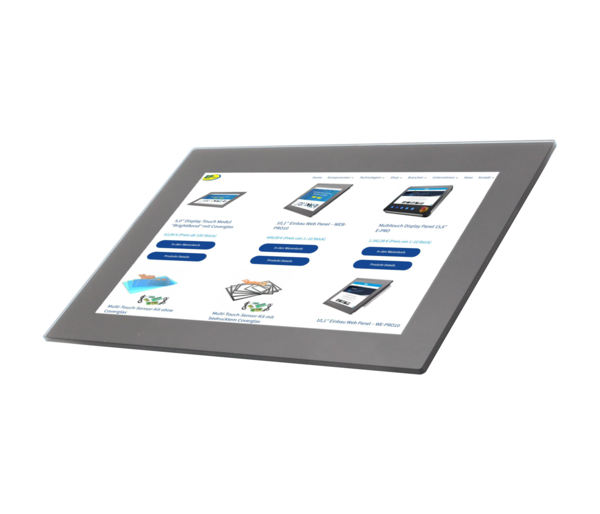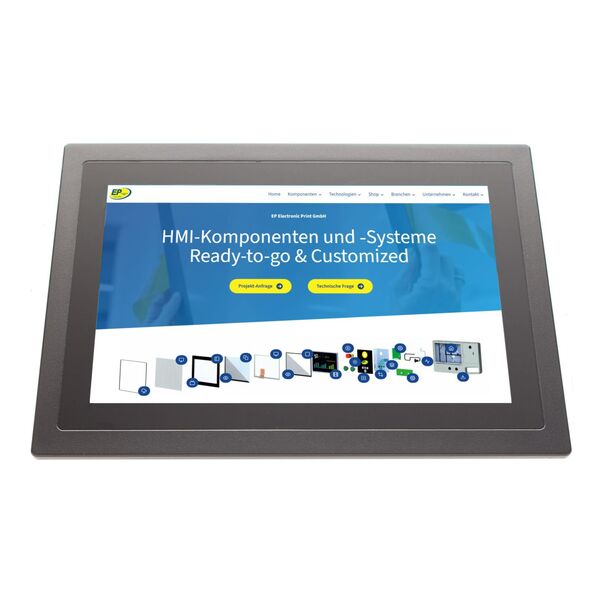News
HMI design study based on carbon nanotube hybrids
Date:
Category:
Carbon nano tubes
Today we would like to present our new HMI design study with a 2×2‑field touchscreen, capacitive buttons and ambient light based on carbon nanotube. This material is highly conductive and transparent, but can be processed using screen printing and can therefore be adapted very flexibly to the overall design or concept of the user interface.
The classic touchscreen solution requires a multi-touch sensor with controller(board), as well as a separate PCB with capacitive buttons and LEDs for the button illumination. In contrast, our design study only requires a CNT hybrid film and a circuit board with LEDs which also houses the evaluation electronics for the touch elements. The simple design and the resulting low hardware requirements combined with flexible, local production therefore represent a cost-efficient and easily scalable alternative.
However, the possible applications are not limited to touchscreens, capacitive buttons or other sensors. Other possible applications include transparent circuits for LEDs, transparent heaters or transparent antennas/shields.
Carbon nanotubes
A few words about the technology: Carbon nanotubes (CNTs or carbon nanotubes) are individual tubes made of carbon in the form of graphene, have a diameter of just 1 nanometer, but are very strong and environmentally stable. The single or multi-walled tubes (single wall or few wall with two or more concentric walls) can be semi-conductive to fully conductive, depending on the design. Carbon nanotubes are produced using a reactive process in which a catalyst causes the CNTs to grow under the influence of pressure and temperature. The quality, purity and quantity of the resulting CNTs depend very much on the catalyst used. After many years of research and development, a process has been patented that achieves the desired chirality, configuration and purity even in mass production. The National Institute of Science and Technology (NIST) even uses these carbon nanotubes as its reference standard.
You can find out more details about carbon nanotubes and various configuration options at Customized touchscreens, or contact us directly. We will be happy to answer your questions and offer you a solution.






